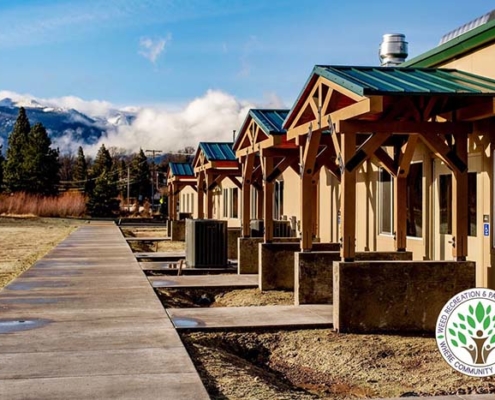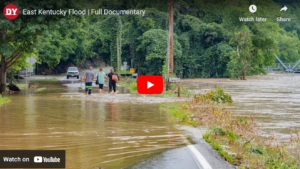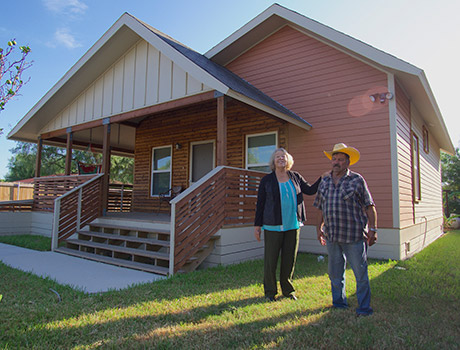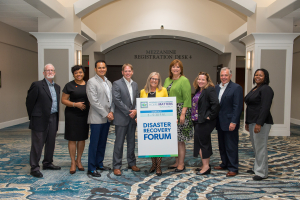Fast Fundraising
In an alarming 120 minutes, the Boles Fire disaster on September 15, 2014 in Weed, CA destroyed 143 homes, 2 churches, several nonprofits and businesses – including Siskiyou County’s food bank pantry, the Weed Library, Head Start offices and the Weed Community Center. It also severely damaged the Roseburg Forest Products mill, displacing some 60 workers while leaving almost one third of the town’s property owners and renters alike without a house to go home to.
With a credible history of helping Siskiyou County nonprofits and organizations, the Shasta Regional Community Foundation set up a fund that provided an immediate means to deliver monetary assistance efficiently and effectively to the nonprofits and organizations serving the families and organizations impacted by the fire while working closely with the local Weed Long Term Recovery Group.
From anonymous donors, to kids emptying their piggy banks out of compassion came a heartwarming response where in just 8 hours nearly $22,000 was raised! $444,228.42 in total grants have returned to the community as of the one year anniversary of the event. 100% of donated funds for the Boles Fire Disaster Relief go directly to provide assistance and continue to be distributed towards the town’s rebuilding and recovery efforts.





